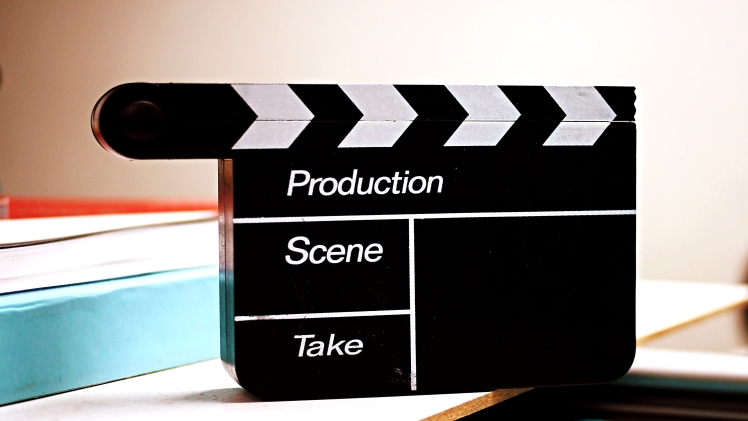Nowadays, with the advent of technology and various social media platforms, videos have become more prevalent. Some content creators have even profited from uploading videos that entertain millions of people online. For some, video production services have also become a business as many people want to capture memorable events for posterity.
For those who want to improve the quality of their videos (and perhaps create an income-generation avenue as well), this article details eight rules to follow to ensure that you can produce excellent videos.
-
Plan the shoot
Planning is crucial in ensuring that there will be a successful video. A team must be able to plan the video concept and find the best location to shoot it. They have to create a good storyboard to ensure that there will be a great flow in the video. They must also be able to coordinate their shooting styles for clarity and uniformity. They must also decide the shot angles and have a prepared shot list to ensure that their final cut will look as professionally made as possible.
-
Prepare the equipment
Again, preparation is key to a successful shoot, and thankfully; most videographers don’t have to lug around heavy equipment to the location. Nowadays, with the advent of digital video cameras, drones and other similar equipment, anyone will have options to choose from to ensure they get the best shots. A team member should ensure that all needed equipment will be ready on the day of the shoot, and it would also be great if there are backups available (in fact, it is necessary).
-
Ensure good lighting
One of the things that will significantly affect the quality of the final cut is the lighting. Before the shoot, the team should have planned the lighting intentionally. Whether it’s an indoor or outdoor shoot, they must have optimal lighting to capture the shoot adequately. Videographers should also be able to put the necessary lighting effects to enhance the story-telling.
-
Get the composition right
What makes a video look professionally made than amateurish? It’s the framing and the composition of the shot. You don’t want to just point and shoot the video recorder and let things fall into place. You have to be flexible about the placement of your camera, and the objects in the foreground and background should also help tell the story.
A good videographer should adequately implement the Rule of Thirds to ensure that they get the best shot possible. They should be able to plan the shot, and must also be willing to re-do the shot if it doesn’t turn out great.
-
Camera placement is key
A video will look amateurish if there isn’t proper camera placement to capture the scene. As a videographer, you have to plan the distance between the camera and the subject. Too close and it may cause unpleasant distortions; too far, and it may cause loss of quality. Try to experiment with the distance before deciding which gives you the best perspective for the shot.
-
Keep the background as simple as possible
Viewers appreciate a background that isn’t chaotic, so try to keep the background as simple as possible. Compose the shot properly by playing with the light exposure, the angles, and the number of cameras to capture the scene correctly. While the story-telling might benefit from background clutter, the focus should always be on the subject and not on the background.
-
Use the right cinematic techniques
Perspective is also something a videographer has to consider in story-telling. Viewers appreciate cinematic movement as it will keep them interested, and it’s bound to enhance the story-telling. But don’t overdo it, as it might make the shot look loose and make the viewers sick. Instead, keep the movement as tight as possible to keep the story moving flawlessly.
-
Shoot safety shots
Whenever you shoot a scene, you shouldn’t settle for just one angle. Take several angles, so when you edit, you’ll have a variety of shots to choose from. This will also help in composing the video and help you save from re-filming. This will also help in ensuring that you wouldn’t have to settle for sub-par shots that will affect the quality of the final cut.
Conclusion
Creating a great video is quite time-consuming and takes a lot of planning and preparation. Videographers have to consider many factors to ensure that they capture the message they want to convey. However, seeing the final cut and having people appreciate it in its totality is reward enough.

